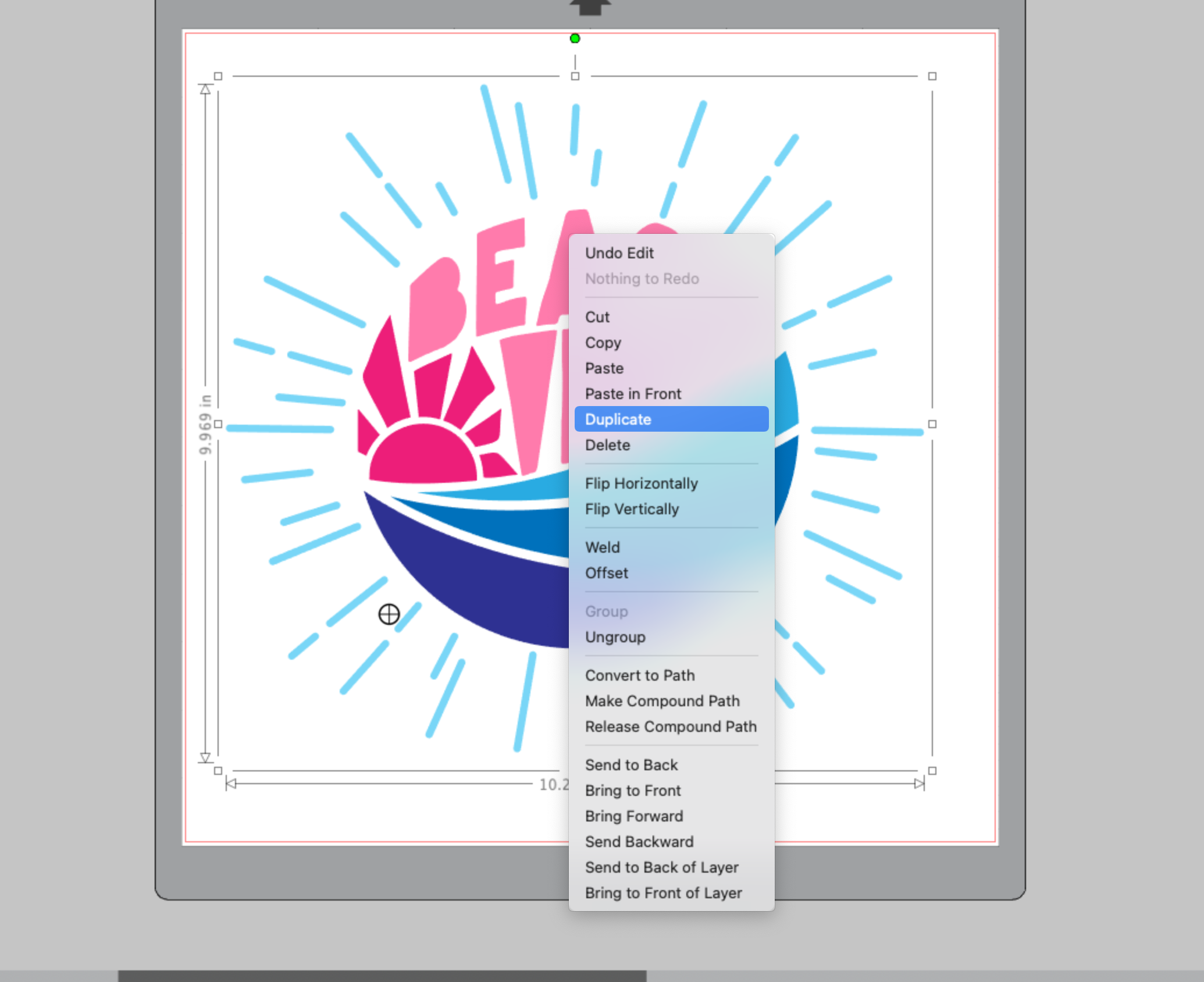

In fact, this material not only offers high quality images but affordability and comfort for your customers. It is also a common material used for t-shirt blanks. However, combed and ringspun cotton fabric delivers the best results for DTG printing. In general, 100% cotton is best, but you can go down to 50% cotton and still get good results. If you are working with dark garments, you cannot go wrong using combed and ringspun cotton. The first key lies in the type of fabric you use for the DTG process. There are a few tricks needed in order to successfully use DTG for printing on dark fabric. And the results will be stunning and eye-catching. You can achieve photo-quality color images on a dark shirt with the right approach. However with skill and practice it is certainly feasible. Direct-to-garment (DTG) printing on dark color fabrics can seem to be a tricky undertaking.
#How to can i get the printer to print darker trial
Though it will still require some trial and error in your own shop using your own equipment, implementing these tips will put you ahead of the crowd.Nothing is quite as striking as a gorgeous, photorealistic image clearly printed on a dark background. The ability to produce bright, high quality prints on dark garments will make you highly competitive in the DTG industry. Learn more about how different curing methods affect the quality of your DTG print in our blog Choosing the Right Method for Drying Your DTG Prints. If you have the space and resources, we recommend using a heat press just to press down the fibers in the fabric before printing, and then using a conveyor-style dryer to cure the printed image itself.

If using a heat press, briefly hover the heat element over the image to produce a quick surface cure, but avoid pressing down and smashing the ink into/below the surface of the fabric. To combat this, adjust your heat press technique or change your method of curing your prints altogether with a conveyor DTG dryer or Digi-Dry Box. It can mash down the ink into the woven fabric of your tee shirt instead of allowing it to stay and adhere to the surface. Any time you switch to a different brand or type of shirt, it’s important to run tests to lock in the ideal pretreat settings for that particular garment.Ĭuring and Drying Your Finished DTG Print Properlyĭoes your image look great when you first print the shirt, but dulls as it dries? If you’re using a heat press to cure the print, the pressure might be the problem. Ask others in the industry what brands and styles they prefer and which they steer clear of. You will have to do some trial and error to find the shirts or brands that work best for you. This is one of the common causes for dull, muted prints. Cheaper, low quality shirts use thicker yarn and cheaper dyes that tend to bleed or migrate into the printed area when cured. Tightly woven, smooth 100% ring spun cotton is the best substrate choice for DTG printing. It’s important to select a good quality t-shirt, hoodie or other garment to print on. Select the Right T-shirts and Garments for DTG Printing A comfortable room temperature (72 degrees F) is generally the ideal temperature. If it’s too hot, the ink can start to dry in the print head, building up and blocking ink from passing through. Inks that are too cold will be very slow going through the machine. Temperature also affects the behavior and fluid dynamics of the ink. For more information on maintaining your direct to garment printer's environment, read our blog Getting Better DTG Printers through Proper Environmental and Humidity Levels for a DTG Printer While this might help in the short term, it increases your operating and maintenance costs. If your DTG machines senses it is in an environment that has a humidity level outside the range, it will increase its automated cleaning cycles to protect itself. The ideal humidity for a DTG printing environment is 40 up to 70%. With humidity too low, the DTG ink has trouble passing through the print heads correctly. Keep Your DTG Printer in the Proper Environment by Monitoring Humidity and TemperatureĭTG ink is water-based, so humidity and temperature affects its printing ability. Thirty (30) grams of solution per shirt is a good benchmark. You can measure the exact amount of solution that has been applied by weighing the garment and keeping a record of the amount that works best for you. Avoid applying too little, too much, or uneven application by using a pretreat sprayer.


 0 kommentar(er)
0 kommentar(er)
